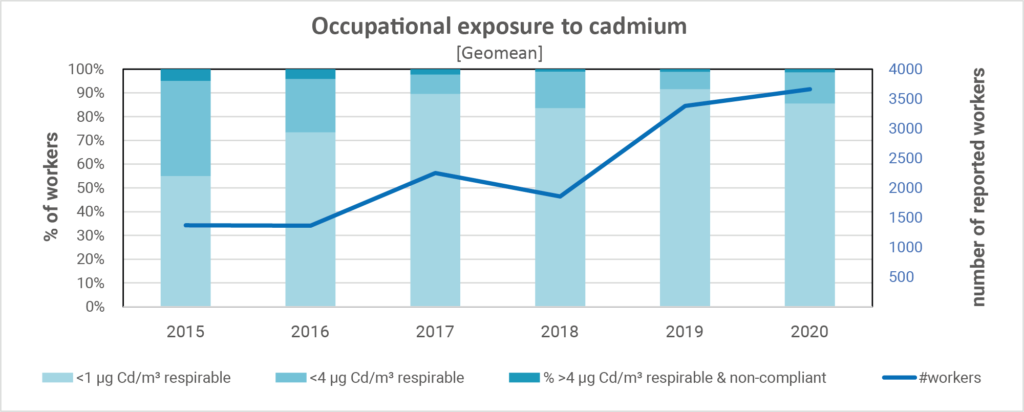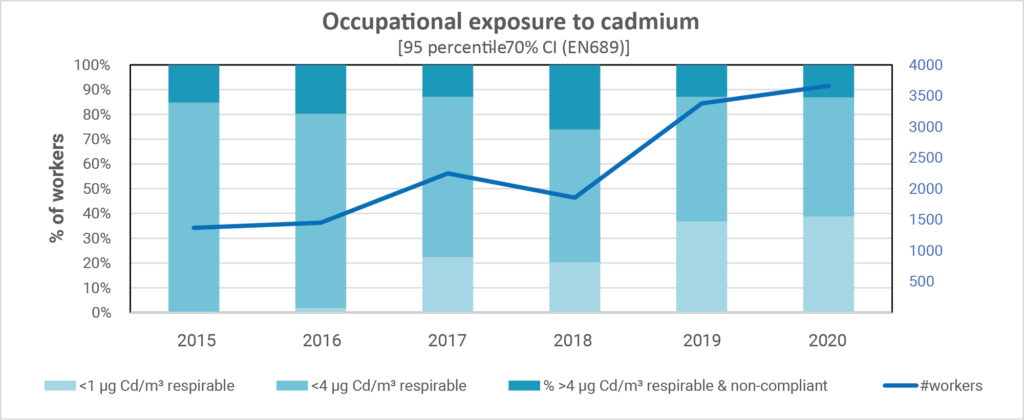Environment
Cadmium exposure
Environment
Introduction
Awareness of cadmium toxity started in 1955 when Itai-itai disease was related to cadmium polluted Jinzu River basin in Japan. The main characteristics of the disease are a bone disease accompanied by severe bone pain and renal tubular dysfunction. Ever since, thousands of studies have been conducted to explore toxicity of cadmium and the importance of the different exposure pathways were identified. As a result of this awareness, actions were taken by industry to tackle both emissions to the environment and exposure of workers.
Environment
Pathways of cadmium exposure and effective monitoring
Ingestion
- Typically 5% of ingested cadmium is absorbed by the human body and can cause systemic health effects.
- Cadmium in urine correlates very well with retained cadmium.
- Urinary cadmium is an excellent indicator to assess the risk of all cadmium related systemic health effects like kidney deficiency, bone diseases and systemic cancers.
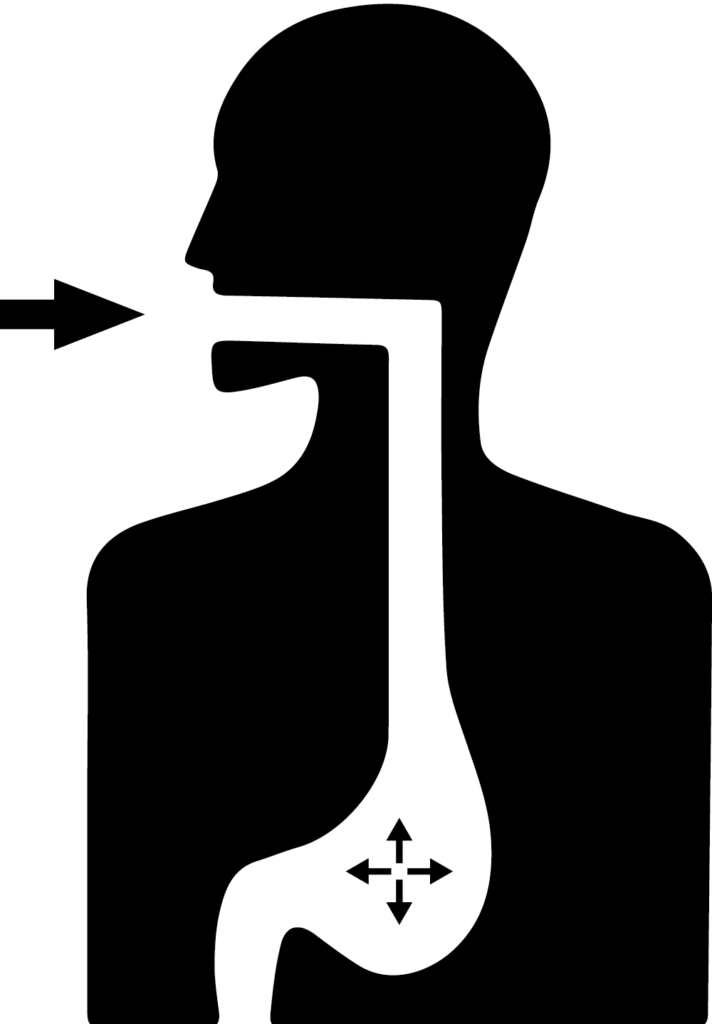
Inhalation
- Adverse health effect to the respiratory tract correlate with quality of inhaled air.
- For adverse lung effects, only the fraction of very fine particles that can penetrate into the lung is of relevance.
- This fraction of the inhaled air is referred to as the respirable fraction.
- Respirable air is a reliable indicator to asses the risk of local respiratory effects like lung diseases.
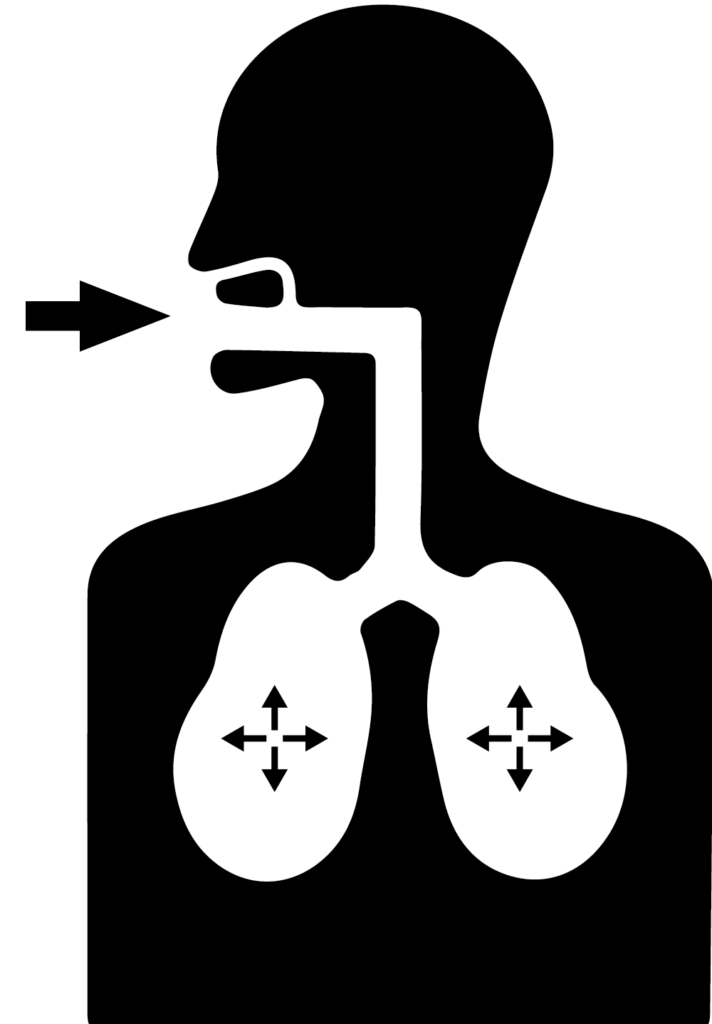
Environment
Human beings are exposed to Cadmium through the diet and smoking. Dietary exposure has decreased and is below risk levels
- The 95 percentile of urinary cadmium in the general population has a median value of 0,56 mg Cd/g creatinine
- In 25% of the reporting countries the 95 percentile exceeds 1mg Cd/g creatinine. (ref.: HBM4EU)
- The number of persons and countries reporting in this study is small which gives uncertainty on the representativeness of the data for the EU.
- Occupational doctors in SE and CZ confirmed that pre-work medical screening of new hired workers revealed that several candidates are at more than 1 mg Cd/g creatinine
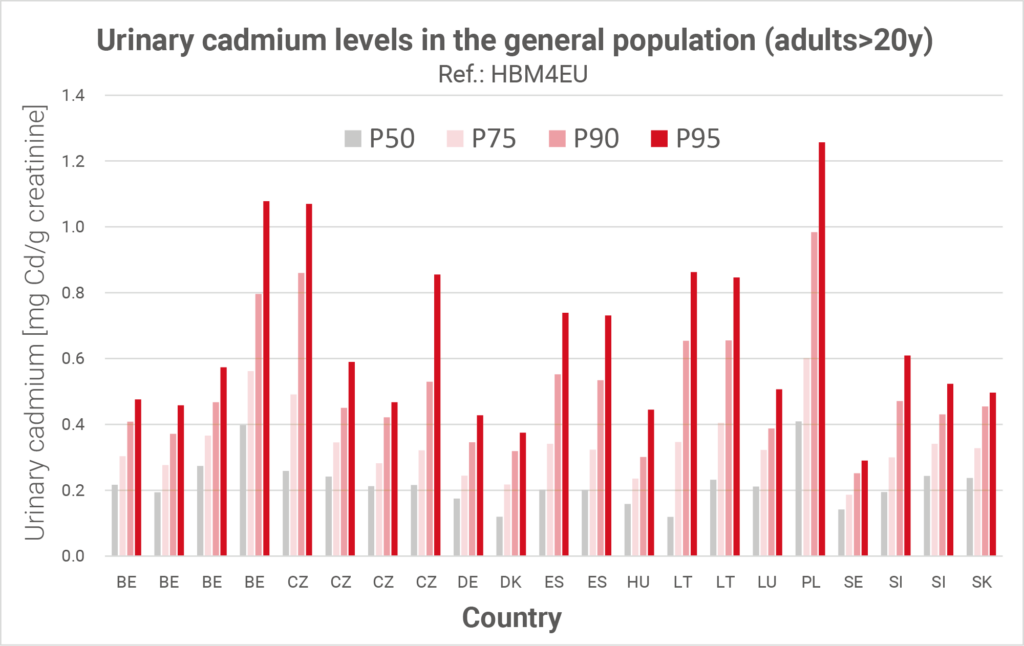
Environment
Exposure of workers in the Cd industry is strictly controlled to below-risk levels
Exposure levels in the workplace have decreased over years. Although monitoring according to EN 689 suggest 60% of worker is exposed at concentration above 1µg Cd/m³ respirable air, the geometric mean assessment shows only 10-15% workers are above that level of exposure while only 1% is exposed to levels >4µg Cd/m³. (Ref.: ICdA biomonitoring)
Environment
Biomonitoring of workers exposed to cadmium in Europe illustrates how much the uptake of cadmium continued to decrease over the past decade.
- The ICdA guidance document provides information to occupational medical doctors and management of plants on how to reduce workers exposure to cadmium. It is built on many years of sharing best practices amongst ICdA members.
- The decreased exposure of workers has ongoing positive effect on biomarker values
- Today, 5% of exposed workers has urinary cadmium levels above 2µg Cd/g creatinine. (Ref.: ICdA biomonitoring)
- Cadmium clearance from the body is a slow process. After cessation of exposure, it takes 10 to 30 years for urinary cadmium levels to decrease by half.

